Old Iron Database
Flinchbaugh Mfg. Co.
York tractors were also sold in single-cylinder models of 6, 9, and 12 horsepower. A large platform was provided and the canopy top protected the engine and operator from the elements. Apparently, the same engines were used for stationary work. The heavy gearing was shielded, and the throttle quadrant can be seen at the head end of the side shaft engine, along with the governor. A clutch pulley was provided for belt work. these models were equipped with a unique auto steer front end. York built two-cylinder tractors in 12, 16, and 20 horsepower models, but they differed little in design from the 25, 35, and 50 horsepower models. The chassis was well proportioned and heavily designed. It was covered by several patents. The fore-mounted radiator was of exceptional size. heavy gearing was used throughout, being driven by an expanding shoe clutch in the flywheel. Somewhere in time the 35 and 50 horsepower sizes were discontinued, however, there were seven sizes from 2 to 25 horsepower offered as late as 1915.
history
Flinchbaugh was early into the tractor business, manufacturing under the name York. A 1905 photograph showed s 2 horsepower model with N. Weldon Flinchbaugh aboard. His father, Frederick T. Flinchbaugh was a well-known gas engine designer and patented among other things, a reversible four-cylinder engine. The York engines were built for a number of years and apparently remained about the same during their entire production run. The York “Little Pet” probably holds some sort of record for the smallest production model farm tractor.
links
Content contributed by:



